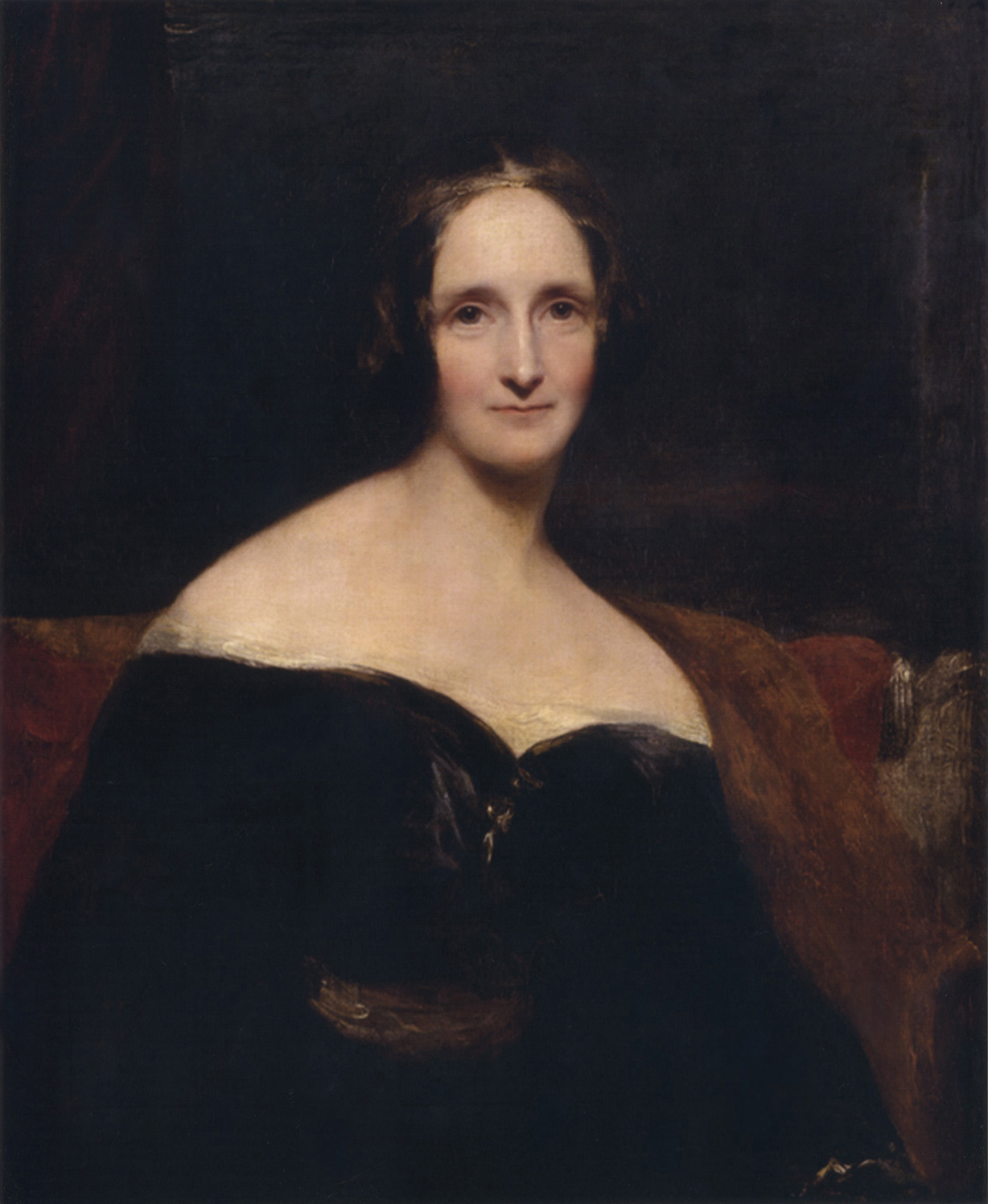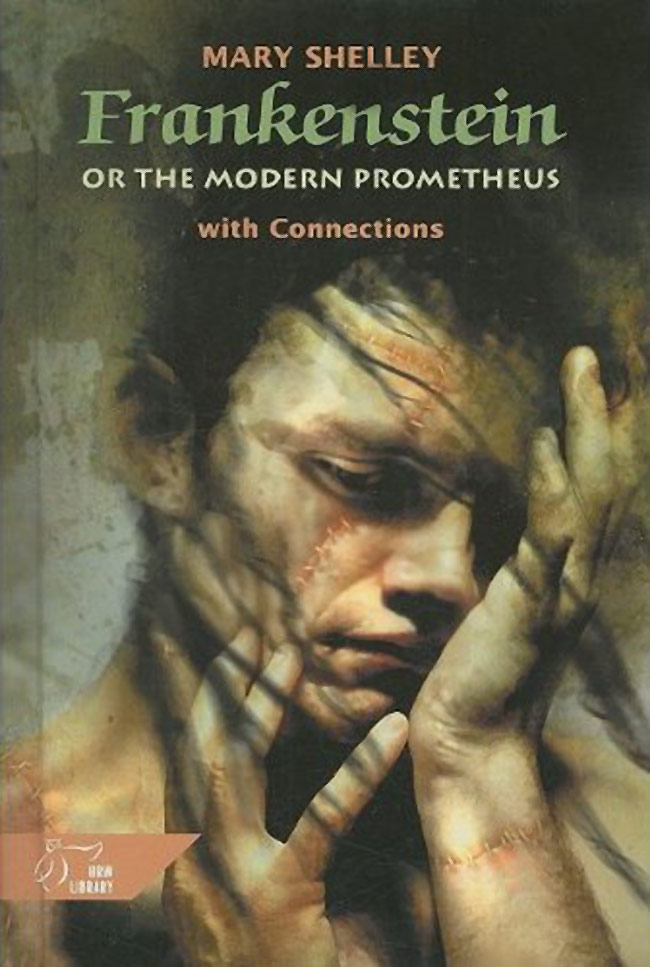By Christina Freitas
In a word, one could pinpoint the most appealing aspect of books everywhere: escape. There is no simpler way to delay an inevitable rendezvous with reality. You need only crack open the spine of a nearby novel, duck your nose against its inked pages and read on, leaving reality waiting by the punch bowl for a few hours more. Books can represent fantastical worlds and excite our imaginations in ways the humdrum of daily life can often deny. This feverish activity can often be found most poignantly in works of children's literature.

Take, for example, our recent republication of
The Tyger Voyage by Richard Adams. First published in 1976, this classic tale recounts the exploits of a father and son as they traverse terrains both dangerous and exhilarating, uncovering unique adventures and encountering intriguing characters before they find their way back home. It's an inspiring ride which children (and adults) will love, perhaps due in large part to the ways in which this fantastical tale is both an escape and an appeal to our realities, to grander concepts of family, sense of place, the desire to see the world in its many colors and forms.
Maybe it is this creative mesh of fantasy and reality, often at the heart of so many children's tales, which endears their stories and a sense of adventure in adults as well. Children's literature plants the seeds for future readers to embrace, imagine, to dream bigger and brighter than those who came before. It's an important stepping stone in the hierarchy of reading and while growing up means one's tastes will inevitably change, it doesn't mean one has to read any less with the heart of a child. We can still embrace the fantastical as well as the realistic and find the two shaking hands in some of the most beloved stories.
Just as Adams brings home both an imaginary adventure and the significance of family in this classic title, writers such as J.R.R. Tolkien and J.K. Rowling (to name a few) confront questions about power, love and friendship in the face of epic good-vs-evil struggles whose foundations have a home in our own world, despite the fantastical webs entangling their characters. It may be the stuff of children's books, but when you consider the very nature of the word
fiction, there's an inherent level of fantasy in every title we read.
 |
| I've always wanted one of these. |
True, many stories are as close to a departure from this magical world as one will likely find in literature. Everyone has read at least one novel whose characters are engaged in the often overwhelming struggle to pierce the veil of our muddled and often inhospitable realities. But at the heart of every novel, every short story, there
is a fantasy of some kind – it may be confronted, torn apart, embraced or ignored by the writer, but readers take part in this fantasy of their own volition, from their immersion in these pages to the characters they follow with hushed words and bated breaths.
Naturally, not all tales we read are littered with emblems of the fantasy genre, per se, or the imaginary findings of children's stories. Elves, fairies and happily-ever-afters are often a rarity in much of the prose we read. As we mature, our stories tend to develop longer shadows. Our beloved heroes, whose foes could have easily been slain and killed in our youth, are now forced to contend with villains who haunt them for hundreds of pages, even multiple books, and are far more rooted in reality than any dragon or fictitious knights.
Yet we still read for the same reasons we embarked on youthful adventures through children's books. We read to be inspired and amazed. We read to plunge into the lives of these characters, who become like dear friends by the novel's end, and pray they will rise from the ashes of their own turmoil. We read for the same sense of fantasy provided by tales of old, for the world they bring into our hearts and our minds, for the calm, suspense, anger and joy a writer can produce, with a touch of imagination and the stroke of a pen. It's a timeless passion, reading, and it remains as youthful and exuberant as ever.

Reality beckons and we all have to come home eventually, but why not delay the return, make a few more pit stops, linger just a day more in a forest teeming with words and stories for readers of every kind? If you'd like to weigh in on your obsession with reading, feel free to comment below or join us on
Twitter @GodinePub. For more information about
The Tyger Voyage please visit our website.






















